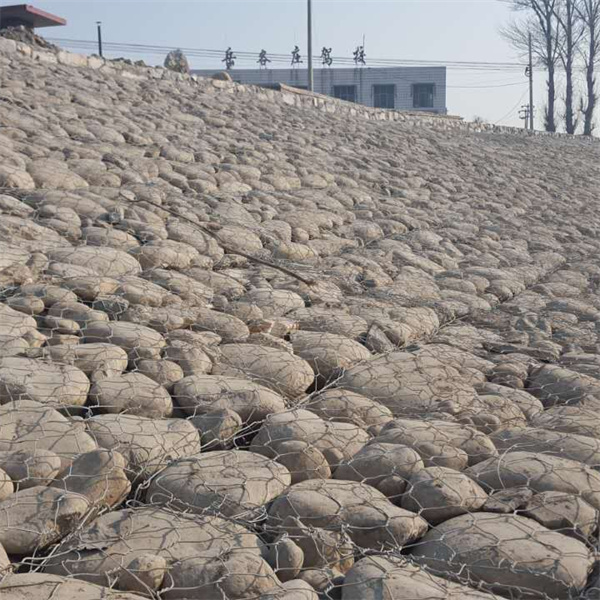Sep . 16, 2024 18:10 Back to list
hexagonal gabion mesh
Hexagonal Gabion Mesh A Versatile Solution for Sustainable Construction
Hexagonal gabion mesh has emerged as a popular choice in the realm of sustainable construction and civil engineering. These mesh structures, made from high-quality wire, are designed to hold stones and other materials, creating robust barriers that serve multiple purposes. The hexagonal shape not only provides structural integrity but also enhances the aesthetic appeal of various landscape designs.
One of the primary advantages of hexagonal gabion mesh is its ecological benefits. By using natural stones and promoting vegetation growth, these structures integrate seamlessly into the environment. This natural approach helps to minimize erosion, manage water flow, and stabilize slopes, making it ideal for use in riverbanks, hillsides, and other vulnerable areas.
In addition to its environmental benefits, the hexagonal design of the gabion mesh provides excellent drainage capabilities. Unlike solid walls, which can lead to hydrostatic pressure build-up, gabion walls allow water to flow through, reducing the risk of flooding and damage during heavy rainfalls. This makes them an effective solution for flood control and management in various terrains.
hexagonal gabion mesh

Furthermore, hexagonal gabion mesh is highly durable and resistant to weathering. Constructed from galvanized or PVC-coated steel wire, these mesh structures can withstand harsh environments, ensuring their longevity. They require minimal maintenance, making them a cost-effective solution for both temporary and permanent installations.
The versatility of hexagonal gabion mesh extends beyond its functional applications. It can be utilized in a variety of settings, from residential landscaping to large-scale civil projects. In urban areas, gabion walls can serve as noise barriers, while in parks and recreational areas, they can create seating arrangements and decorative features. The flexibility in design allows architects and engineers to create innovative solutions tailored to specific site requirements.
Moreover, hexagonal gabion mesh contributes to the promotion of sustainable practices within the construction industry. By using locally sourced materials, projects can reduce transportation emissions and support local economies. The use of natural materials further aligns with the current trends toward green building practices, providing a sustainable alternative to traditional construction methods.
In conclusion, hexagonal gabion mesh stands out as a multifunctional and environmentally friendly solution for modern construction challenges. Its ability to blend into natural landscapes while providing structural stability makes it a favorable choice for engineers and architects alike. By investing in such sustainable materials, we pave the way for a more resilient and eco-friendly future.
-
Why PVC Coated Gabion Mattress Is the Best Solution for Long-Term Erosion Control
NewsMay.23,2025
-
Gabion Wire Mesh: The Reinforced Solution for Modern Construction and Landscape Design
NewsMay.23,2025
-
Gabion Wall: The Flexible, Seismic-Resistant Solution for Modern Landscaping and Construction
NewsMay.23,2025
-
Gabion Wall Solutions: The Durable, Decorative, and Affordable Choice for Every Landscape
NewsMay.23,2025
-
Gabion Basket: The Durable and Flexible Alternative to Traditional Retaining Walls
NewsMay.23,2025
-
Gabion Basket: The Proven Solution for Slope Stability and Flood Control
NewsMay.23,2025
-
Versatility of Chain Link Fence Gabion
NewsMay.13,2025






